Filter by
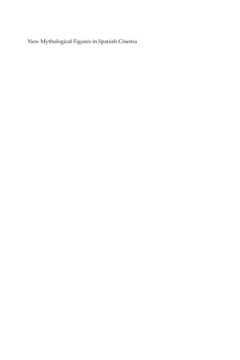
New Mythological Figures in Spanish Cinema
In the 1970s, especially after Franco’s death in 1975, Spanish cinema was bursting at the seams. Numerous film directors broke free from the ancient taboos which had reigned under the dictatorship. They introduced characters who, through their bodies, transgress the traditional borders of social, cultural and sexual identities. Post- Franco cinema exhibits women, homosexuals, transsexuals, an…
- Edition
- -
- ISBN/ISSN
- 9789089643049
- Collation
- -
- Series Title
- -
- Call Number
- 791.43 FEE n
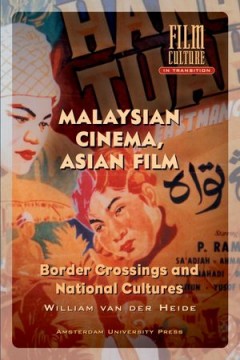
Malaysian Cinema, Asian Film: Border Crossings and National Culture
This monograph departs from traditional studies of national cinema by accentuating the intercultural and intertextual links between Malaysian films and Asian (as well as European and American) film practices. Using cross-cultural analysis, the author characterizes Malaysia as a pluralist society consisting of a multiplicity of cultural identities. Malaysian film reflects this remarkable heterog…
- Edition
- -
- ISBN/ISSN
- 9789053565803
- Collation
- -
- Series Title
- -
- Call Number
- 791.43 HEI m
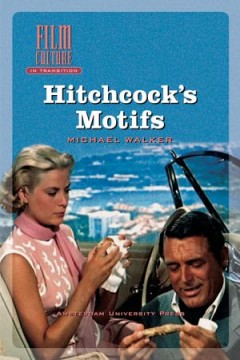
Hitchcock's Motifs
Among the abundant Alfred Hitchcock literature, Hitchcock's Motifs has found a fresh angle. Starting from recurring objects, settings, character-types and events, Michael Walker tracks some forty motifs, themes and clusters across the whole of Hitchcock's oeuvre, including not only all his 52 extant feature films but also representative episodes from his TV series. Connections and deeper inflec…
- Edition
- -
- ISBN/ISSN
- 9789053567739
- Collation
- -
- Series Title
- -
- Call Number
- 791.43 WAL h
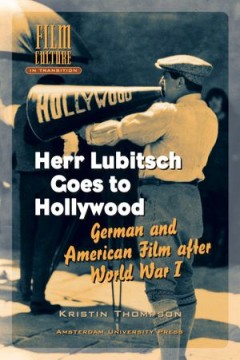
Herr Lubitsch Goes to Hollywood: German and American Film after World War I
Ernst Lubitsch, the German film director who left Berlin for Hollywood in 1923, is best remembered for the famous "Lubitsch touch" in such masterpieces as Trouble in Paradise and Ninotchka, featuring Greta Garbo. Kristin Thompson's study focuses on Lubitsch's silent films from the years between 1918 and 1927, tracing the impact this director had on consolidating classical Hollywood filmmaking. …
- Edition
- -
- ISBN/ISSN
- 9789053567081
- Collation
- -
- Series Title
- -
- Call Number
- 791.43 THO h
From Grain to Pixel: Third Revised Edition: The Archival Life of Film in Tran…
In From Grain to Pixel , Giovanna Fossati analyzes the transition from analog to digital film and its profound effects on filmmaking and film archiving. Reflecting on the theoretical conceptualization of the medium itself, Fossati poses significant questions about the status of physical film and the practice of its archival preservation, restoration and presentation. From Grain to Pixel attempt…
- Edition
- -
- ISBN/ISSN
- 9789463725002
- Collation
- -
- Series Title
- -
- Call Number
- 791.43 FOS f
From Grain to Pixel: The Archival Life of Film in Transition
Film is in a state of rapid change, with the transition from analog to digital profoundly affecting not just filmmaking and distribution, but also the theoretical conceptualization of the medium film and the practice of film archiving. New forms of digital archives are being developed that make use of participatory media to provide a more open form of access than any traditional archive has off…
- Edition
- -
- ISBN/ISSN
- 9789089641397
- Collation
- -
- Series Title
- -
- Call Number
- 791.43 FOS f
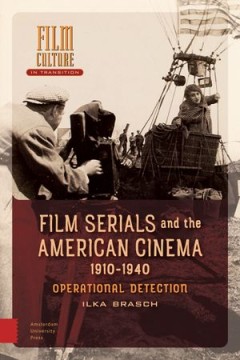
Film Serials and the American Cinema, 1910-1940
Before the advent of television, cinema offered serialised films as a source of weekly entertainment. This book traces the history from the days of silent screen heroines to the sound era's daring adventure serials, unearthing a thriving film culture beyond the self-contained feature. Through extensive archival research, Ilka Brasch details the aesthetic appeals of film serials within their con…
- Edition
- -
- ISBN/ISSN
- 9789048537808
- Collation
- -
- Series Title
- -
- Call Number
- 791.43 BRA f
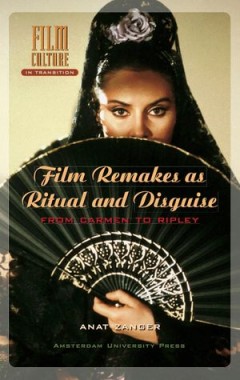
Film Remakes as Ritual and Disguise
The first book-length account of the symbolic chains that link remakes and explain their disguises, Film Remakes as Rituals and Disguise is also the first book to explore how and why these stories are told. Anat Zanger focuses on contemporary retellings of three particular tales-Joan of Arc, Carmen, and Psycho-to reveal what she calls the remake's "rituals of disguise." Joan of Arc, Zanger demo…
- Edition
- -
- ISBN/ISSN
- 9789053567845
- Collation
- -
- Series Title
- -
- Call Number
- 791.43 ZAN f
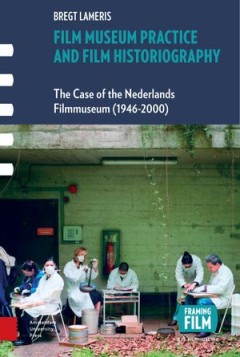
Film Museum Practice and Film Historiography: The Case of the Nederlands Film…
Rich in detail, this is a study of the interrelationships between film historical discourse and archival practices. Exploring the history of several important collections from the EYE Film Museum in Amsterdam, Bregt Lameris shows how archival films and collections always carry the historical traces of selection policies, restoration philosophies, and exhibition strategies. The result is a compe…
- Edition
- -
- ISBN/ISSN
- 9789048526741
- Collation
- -
- Series Title
- -
- Call Number
- 791.43 LAM l
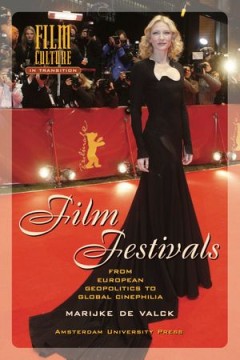
Film Festivals: From European Geopolitics to Global Cinephilia
Film festivals are hugely popular events that attract lovers of cinema worldwide. Focusing on the world's most famous festivals - Cannes, Berlin, Venice and Rotterdam - Film Festivals tells the story of a phenomenon that began in the midst of geopolitical disputes in war-torn Europe. De Valck shows how festivals turned the odds into advantages and developed into a successful global network. Tak…
- Edition
- -
- ISBN/ISSN
- 9789053561928
- Collation
- -
- Series Title
- -
- Call Number
- 791.43 VAL f
 Computer Science, Information & General Works
Computer Science, Information & General Works  Philosophy & Psychology
Philosophy & Psychology  Religion
Religion  Social Sciences
Social Sciences  Language
Language  Pure Science
Pure Science  Applied Sciences
Applied Sciences  Art & Recreation
Art & Recreation  Literature
Literature  History & Geography
History & Geography